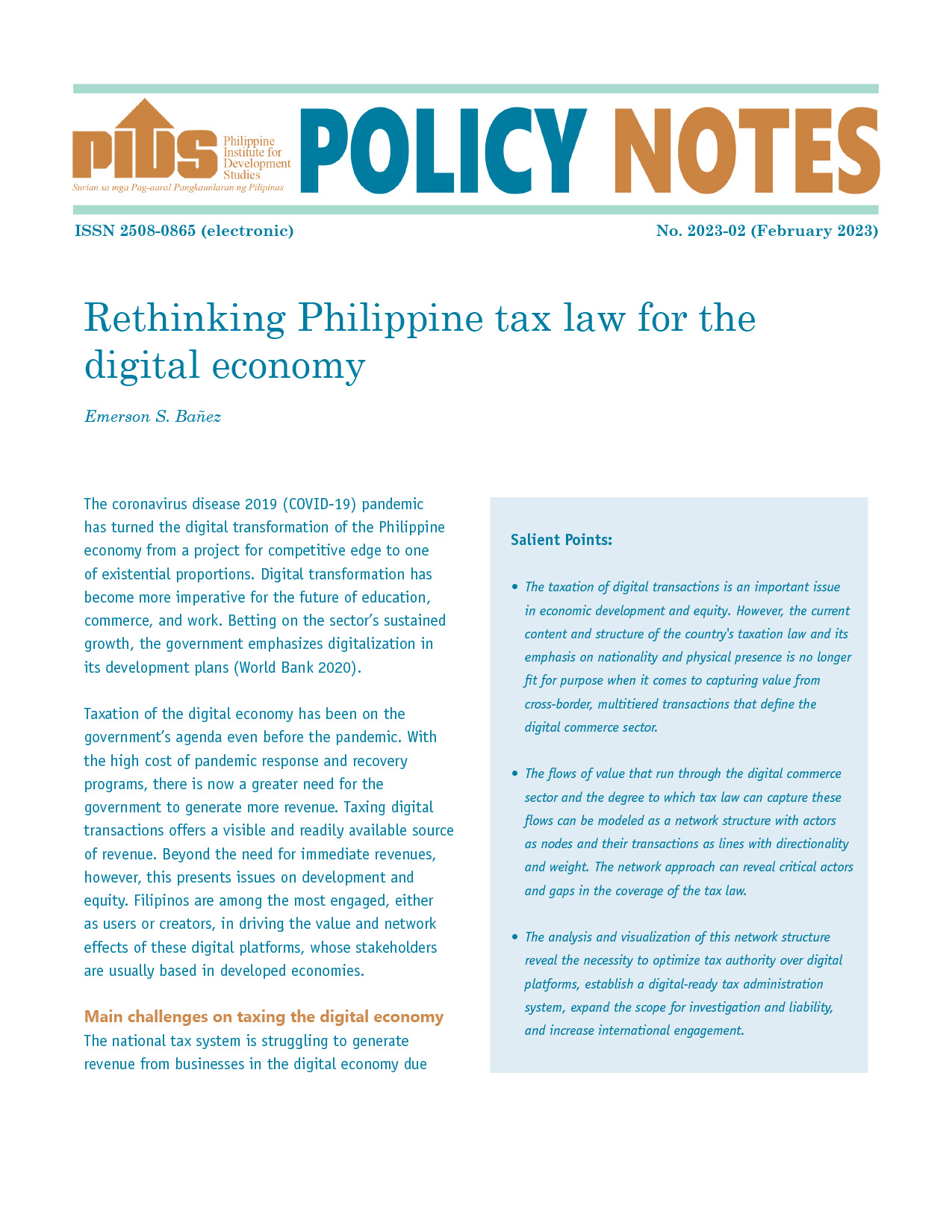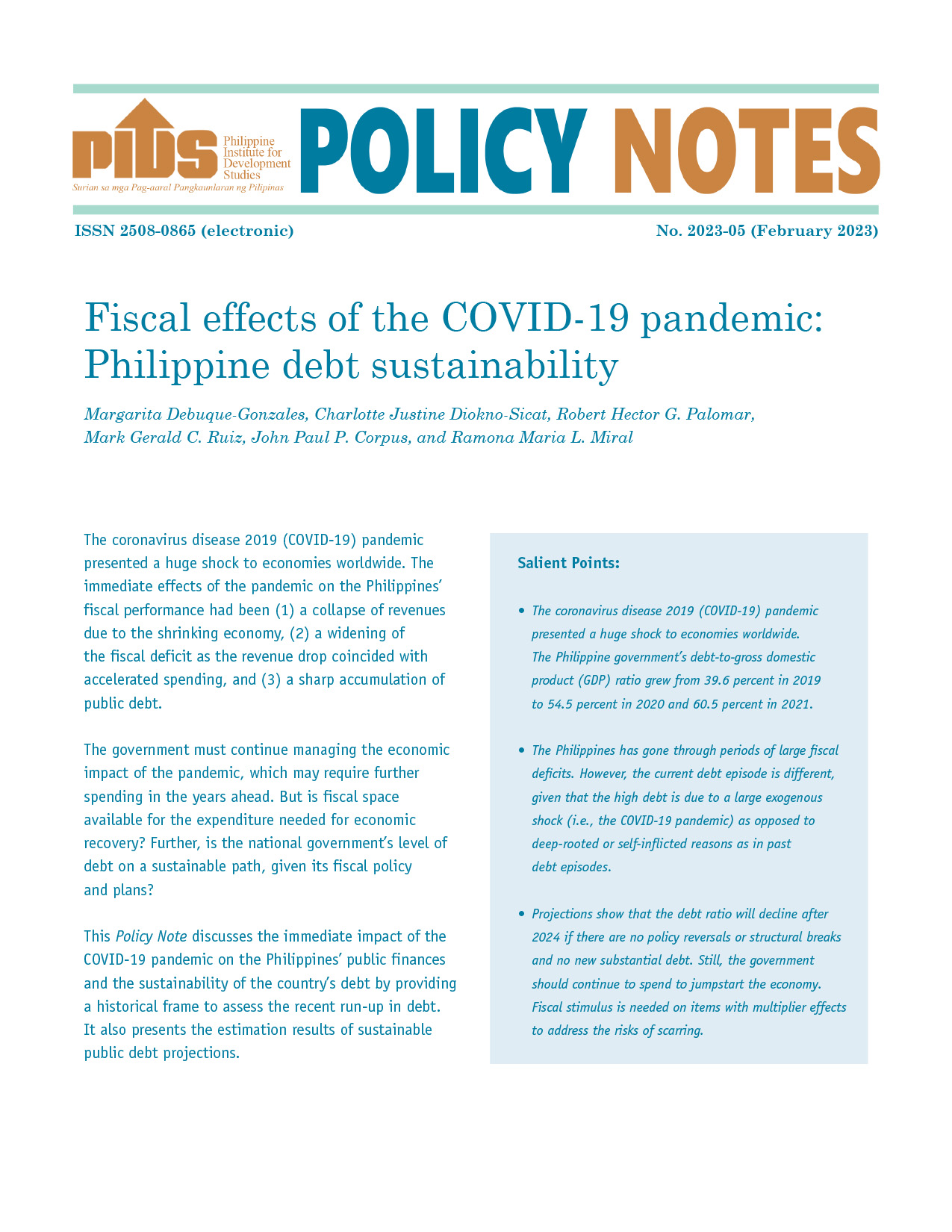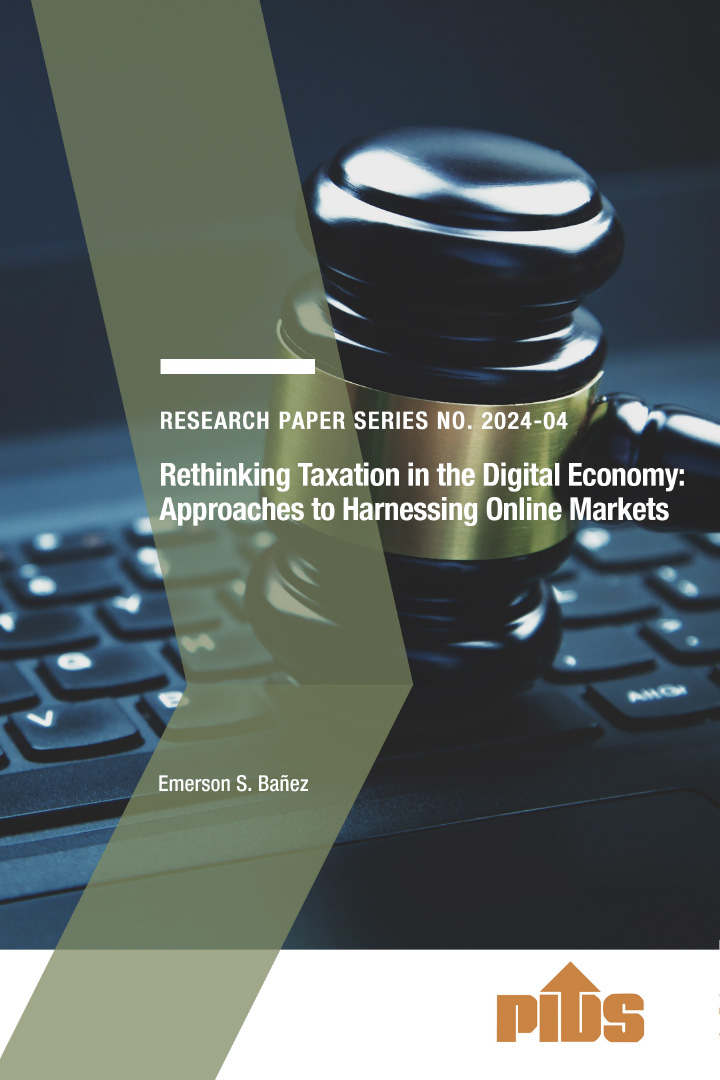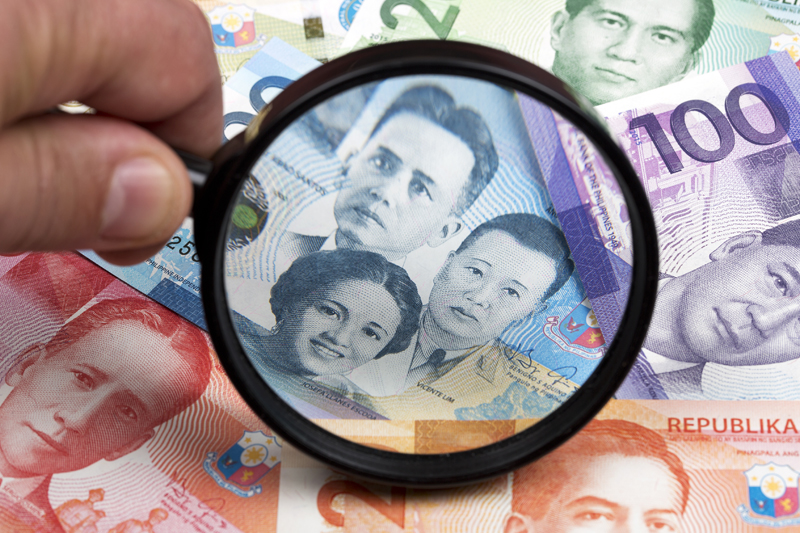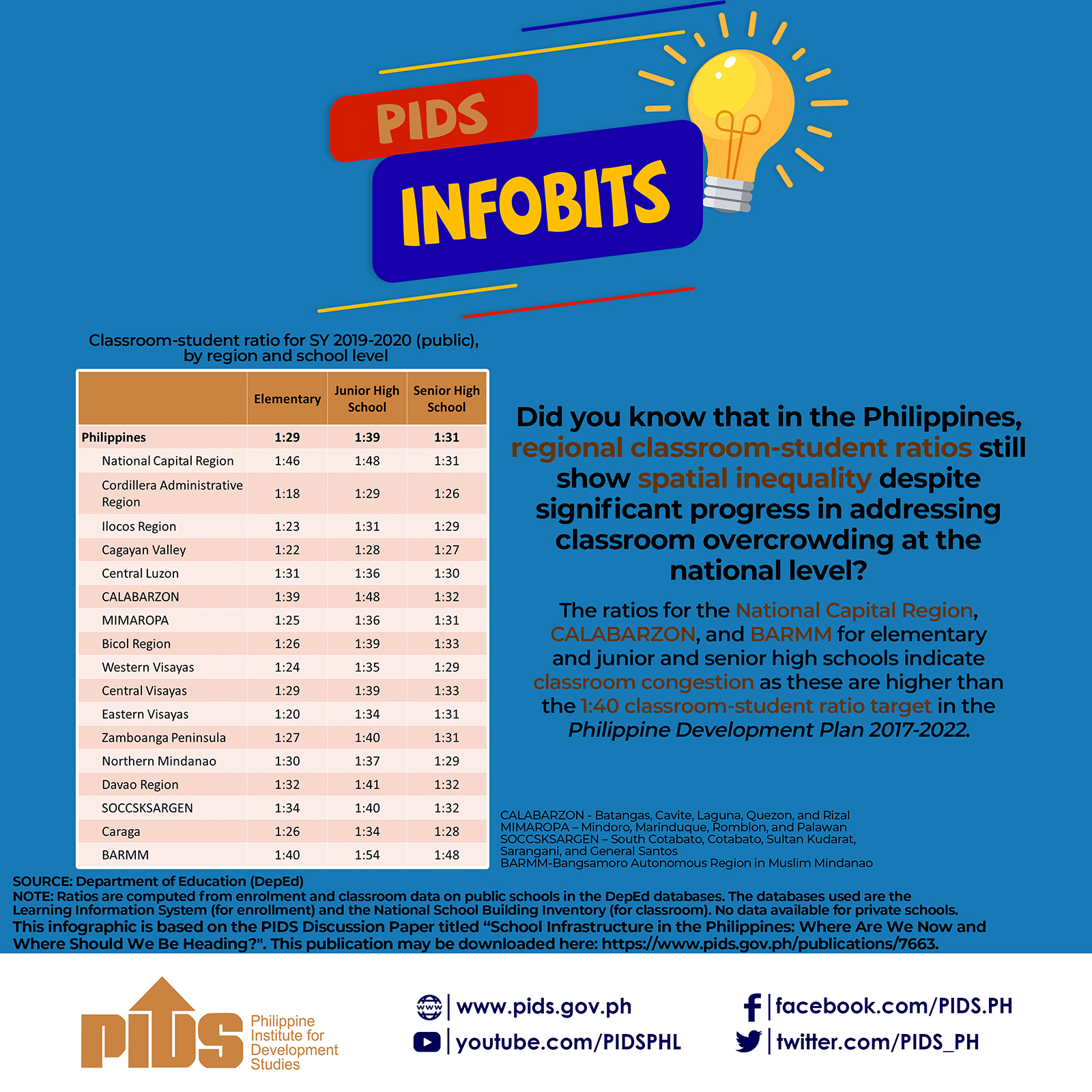NATIONAL GOVERNMENT debt as a share of gross domestic product (GDP) is expected to peak at 66.8% by 2024, the Philippine Institute for Development Studies (PIDS) said in a recent discussion paper.
Employing a debt sustainability analysis method employed by the International Monetary Fund, the PIDS found that “the National Government debt-to-GDP ratio may remain elevated in the medium term, peaking at 66.8% in 2024 and dipping to 65.7% by 2026.”
It said the recent debt surge is “less worrisome” compared to earlier debt episodes.
The findings were contained in the discussion paper, “Fiscal Effects of the COVID-19 Pandemic: Assessing Public Debt Sustainability in the Philippines.”
“In our analysis of the immediate impact of the COVID-19 pandemic and related fiscal responses on the Philippines’ public finances within a historical frame, the most recent debt surge appears less worrisome than earlier debt episodes in that it is not due to sharp interest rate shocks, excessive external debt, or a buildup of hidden (non-budget) deficits, nor a steady decline in the country’s tax effort,” according to the paper.
“Instead, debt decomposition shows the surge was driven by an exogenous (pandemic-induced) drop in output growth and a resultant rise in primary deficits as revenues temporarily collapsed and relief and recovery spending by government accelerated.”
Once GDP growth returns to pre-pandemic levels this year, “fiscal deficits will trend downwards, and interest-growth differentials will remain negative, generating favorable conditions for debt reduction in the near to medium term,” the PIDS said.
The Philippine economy expanded by a better-than-expected 8.3% in the first quarter, surpassing the pre-pandemic output level as household spending surged amid the easing of coronavirus curbs.
Preliminary data released by the Philippine Statistics Authority showed GDP quickened by 8.3% year on year in the January to March period, a turnaround from the 3.8% contraction in the same period last year. It was also faster than the revised 7.8% growth in the fourth quarter of 2021.
Meanwhile, the National Government’s debt at the end of March was P12.68 trillion, equivalent to 63.5% of GDP, based on data handed by the Bureau of the Treasury (BTr).
The state-run think tank’s estimated debt-to-GDP level by 2024 would be the highest since the 71.6% recorded in 2004, based on historical BTr data.
However, the nature of the debt that piled up during the COVID-19 pandemic augurs well for repayment prospects and reducing the debt ratio relative to the size of the economy, the PIDS said.
“Since half of the accumulated debt during the height of the pandemic crisis (6.3 out of the 15% of GDP increase in 2020) comprised cash buffers of government that were built up in the event of a prolonged pandemic (and to benefit from loose monetary conditions), with such behavior continuing to the present, the scope for a future debt decline is wide. Netting the government’s cash reserves, the debt-to-GDP ratio would follow a similar but much lower trajectory.”
The discussion paper concluded that “it may not be feasible to immediately aim for a low debt ratio to give the economy time and room to recover from the pandemic shock, but nonetheless underscores the importance of a sound medium- to long-term fiscal consolidation plan.”
The analysis also found that the Philippines and other ASEAN countries “respond to rising indebtedness by improving primary balances. In the literature, such systematic behavior indicates responsible fiscal policy and already guarantees fiscal solvency.”
“It is therefore crucial that fiscal policy reforms, especially those that were hard-won, remain intact,” the PIDS concluded.
Written by economists Margarita Debuque-Gonzales, Charlotte Justine Diokno-Sicat, John Paul Corpus, Robert Hector Palomar, Mark Gerald Ruiz, and Ramona Maria Miral, the discussion paper was published on May 18.

